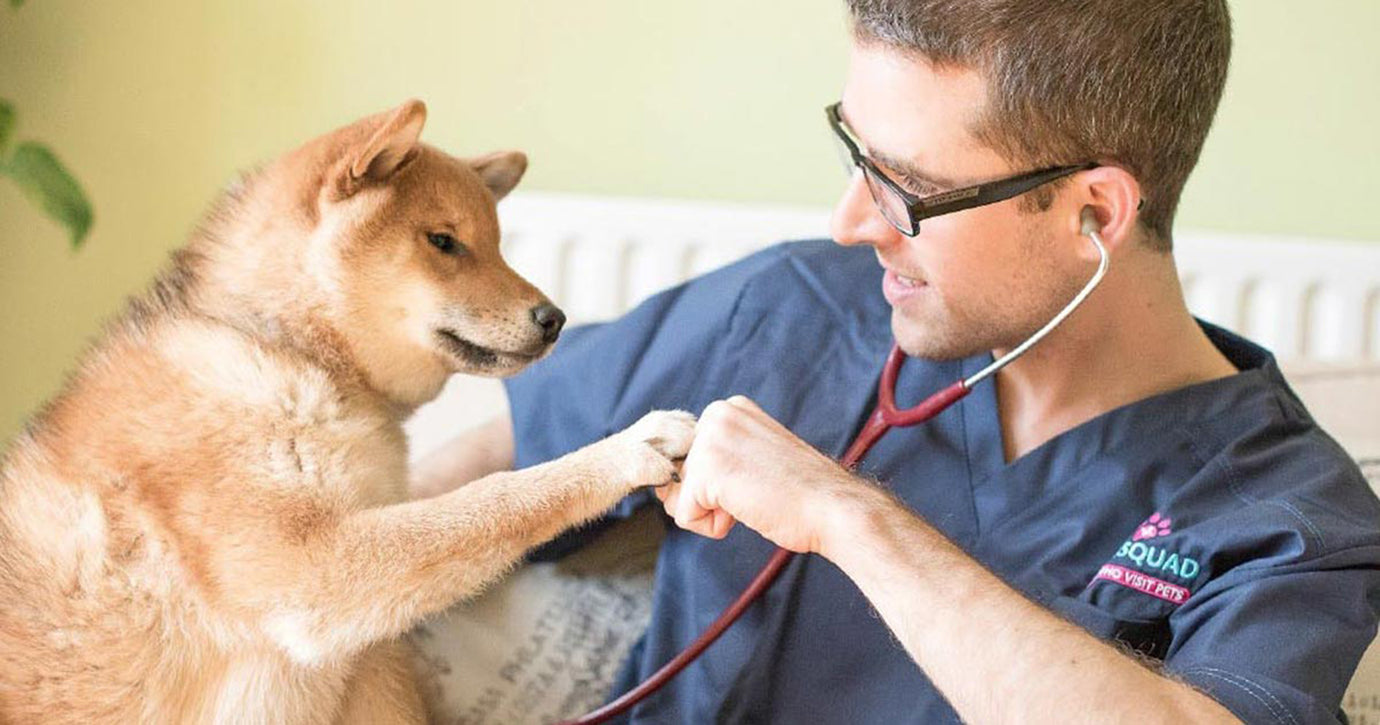Caring for your cat this Autumn

The change of season from summer into autumn will see your cat adapt his or her behaviour. As the nights draw in and days become cooler, they'll make the most of basking in the last days of summer whilst also starting to spend less time outdoors being active.
Autumn and winter dangers
As the central heating goes on, warmer temperatures indoors are an ideal environment for flea populations to live and breed. In order to stop fleas taking hold, pet owners should ensure they treat their cats (and any dogs) appropriately and take steps to ensure that the home environment is protected too. Speak to your vet for the best advice on flea prevention and treatment strategies. Preparing for the winter months ahead, car drivers will start to fill up with antifreeze and this can be lethal for pets. The sweet smell of ethylene glycol, a substance in antifreeze, is attractive to cats and they will readily drink it given the opportunity. It is vital to clean up spills immediately and make sure your pets are kept away while you’re working on your car.
Cat vaccination and veterinary health checks
When kittens are born they are usually protected from infections by special antibodies in their mother’s milk, providing she has been regularly vaccinated. However, this protection only lasts a few weeks so they need regular vaccinations from an early age. Kittens are typically vaccinated at nine and 12 weeks of age, with an initial course of two injections. Your young pet should then be given a booster 12 months later. Don’t forget that older cats will need protecting too - cats need annual assessments as their immunity declines. Speak to your vet about the regularity of your pet’s vaccinations.
Cats may be vaccinated against:
• Feline herpes virus
• Feline calicivirus
• Feline Panleucopaenia
• Chlamydia
• Feline leukaemia virus
• Bordatella bronchiseptica
Contact your vet for more information on what protection is appropriate for your cat.
When to call the vet
If you notice any changes in behaviour, examples include:
• Increased or decreased thirst
• Increased or decreased hunger
• Changes in litter tray habits
• Sleeping more or less
• Change in level of activity or a difficulty in moving normally
• Not grooming or poor coat condition
• Wounds which do not heal
• Coughing or sneezingCat breeding
The breeding season in cats is practically year-round, running as early as February, and as late as December, but March to September is generally regarded as the breeding season. A female kitten can come into heat and become pregnant as early as 5-6 months of age. Male kittens generally become fertile about the same time, or even earlier. In addition, an unneutered female cat can become pregnant with a new litter while she is still nursing and caring for her previous litter. She can have several litters in the course of a year. All in all, the reproductive cycle of the cat makes the species a pretty efficient breeding machine. Neutering is the only effective way to control the cat population. Other benefits of neutering include prevention of disease transmission, reduced fighting, and reduced roaming behaviour and hence the chances of involvement in a road traffic accident. So if you haven’t had your cat neutered yet, it’s time take steps as a responsible owner and get that done. To find out more please contact your vet.
Moulting and coat care
Pet hair is just a part of everyday life for most cat owners, but you will find outdoor cats (or cats with some access to the outside world) tend to shed their hair in the autumn and spring, while indoor cats shed all year long. This difference is linked to the amount of time your cat is exposed to daylight or artificial light. Daily brushing really can make a huge difference to the amount of pet hair that gets into your home especially during the autumn. A thorough brushing routine will not only reduce the problem, but will also help your cat, as they will swallow less hair during washing and will therefore have fewer hairballs.
Garden plants that are dangerous to cats
Some garden plants can also be dangerous to your cat with pointsettias, lilies, tulips, lily of the valley and azaeleas all presenting seasonal dangers. Autumn and winter sees the arrival of tempting foods and sweets in our homes. It’s important to prevent your pets eating food which may make them ill. The most common offenders include the ingestion of chocolate and meat bones becoming stuck in the throat, stomach or intestine. Contact your vet immediately if you suspect your pet has eaten something they shouldn’t.
Seasonal allergies in cats
Pets suffer from seasonal allergies, just like humans. Constant paw licking, body rubbing, excessive scratching, hair loss, skin rashes, and a “flaky” or “greasy” feeling coat may be a sign that your cat is suffering from allergies.
(Article Source - My Pet Online)




